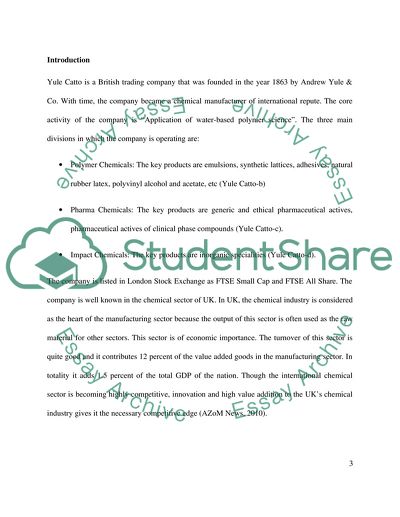Cite this document
(“Financial Report of Yule Catto &Co Plc Case Study”, n.d.)
Financial Report of Yule Catto &Co Plc Case Study. Retrieved from https://studentshare.org/finance-accounting/1744495-financial-report-yule-catto-co-plc
Financial Report of Yule Catto &Co Plc Case Study. Retrieved from https://studentshare.org/finance-accounting/1744495-financial-report-yule-catto-co-plc
(Financial Report of Yule Catto &Co Plc Case Study)
Financial Report of Yule Catto &Co Plc Case Study. https://studentshare.org/finance-accounting/1744495-financial-report-yule-catto-co-plc.
Financial Report of Yule Catto &Co Plc Case Study. https://studentshare.org/finance-accounting/1744495-financial-report-yule-catto-co-plc.
“Financial Report of Yule Catto &Co Plc Case Study”, n.d. https://studentshare.org/finance-accounting/1744495-financial-report-yule-catto-co-plc.


